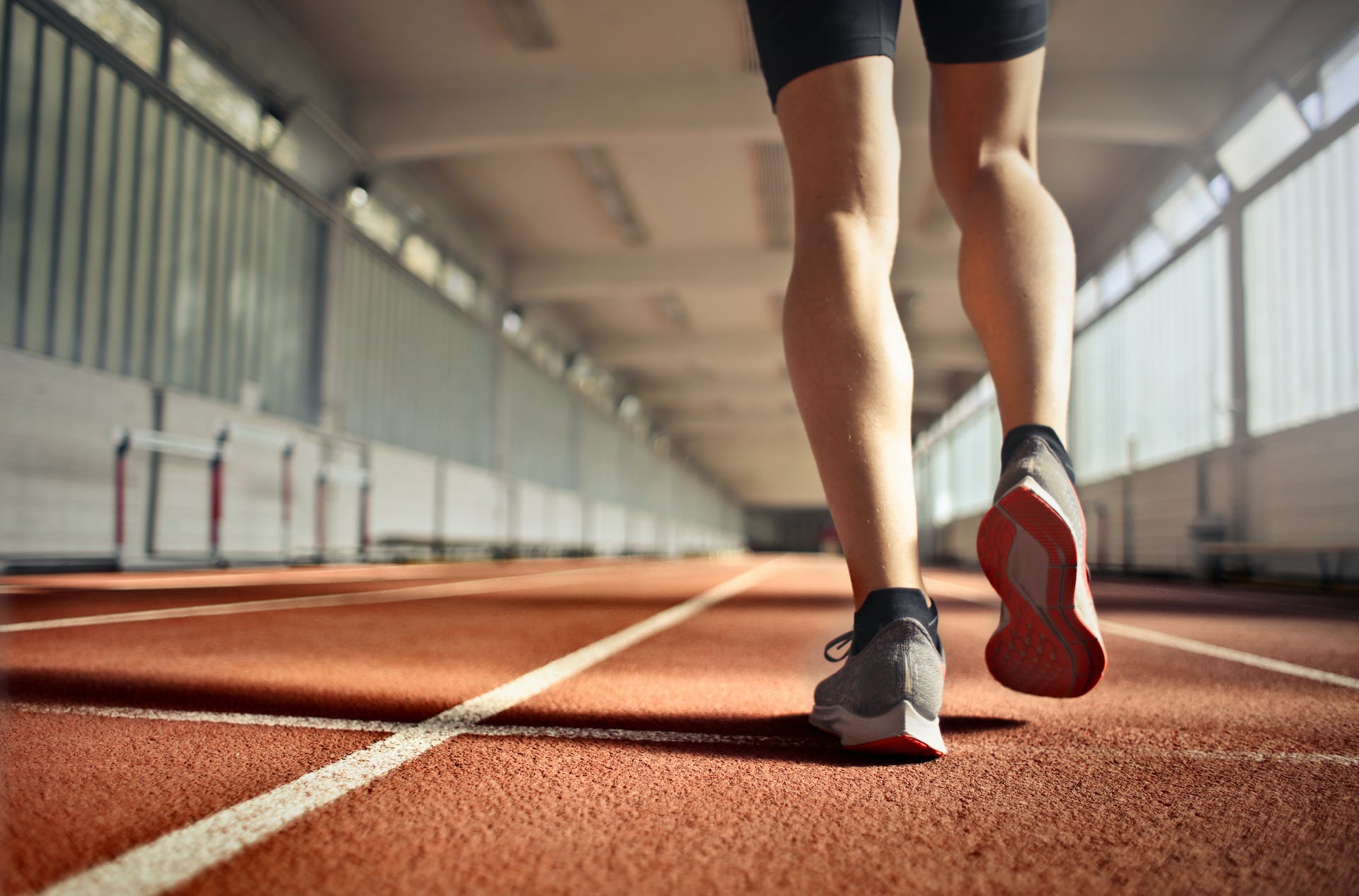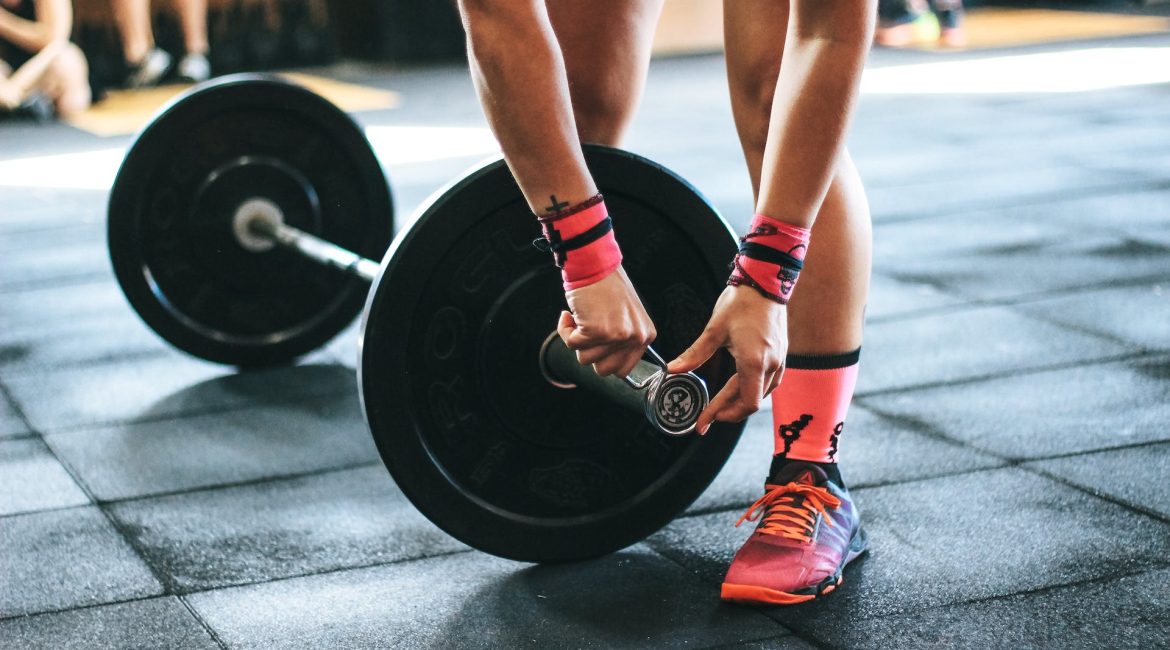As we near 2024, the world of sports is witnessing a profound change in its treatment of transgender athletes, leading to more stringent regulations in this often-controversial area.
Laurel Hubbard’s Pioneering Olympic Endeavor
In Manchester, England, Laurel Hubbard, a New Zealand weightlifter, broke barriers at the 2020 Tokyo Olympics as the first openly transgender woman to participate. Despite not achieving a valid lift and her subsequent retirement, Hubbard’s participation became a key moment in the ongoing dialogue about transgender athletes’ role in sports.
Stricter Rules in Weightlifting for 2023
Advancing into 2023, Hubbard faces ineligibility to compete due to the International Weightlifting Federation’s adoption of tighter eligibility standards. This development is indicative of a broader movement towards more restrictive policies in diverse sporting disciplines.
World Athletics and World Aquatics Set Precedents
Under the leadership of Sebastian Coe, World Athletics established a significant rule prohibiting transgender women who experienced male puberty from participating in elite women’s events. In a parallel development, World Aquatics adopted a comparable approach in 2022. These decisions have influenced other sports organizations to adopt similar policies.
UCI Adapts Its Transgender Athlete Policy
In a substantial policy update in July, the International Cycling Union (UCI) revised its rules to bar transgender women who have gone through male puberty from competing in women’s categories. Instead, these athletes have the option to compete in a newly established “men/open” category. This policy revision followed a similar move by British Cycling, reflecting a growing trend in sports governance.
Impact on Transgender Athletes
Transgender athletes like Halba Diouf, a French runner, and Emily Bridges, a Welsh cyclist, who met women’s category requirements based on testosterone levels, now confront significant barriers under these new rules. Diouf has voiced her challenges, shedding light on the obstacles faced by transgender athletes under these regulations.

Diverse Stories of Lia Thomas and Quinn
Lia Thomas, an NCAA Division 1 U.S. national college champion, and Quinn, a Canadian nonbinary soccer player and Olympic gold medalist, represent varied experiences within the transgender athlete community.
Varied Opinions Among Renowned Athletes
The integration of transgender women into women’s sports has led to split opinions among elite athletes. Megan Rapinoe, a U.S. soccer star, supports transgender inclusion, whereas tennis icon Martina Navratilova has shown concern, demonstrating the wide range of views on this complex topic.
Legislative Discussions in the United States
In the U.S., this issue extends into the legislative domain, with prominent athletes like Megan Rapinoe and Sue Bird speaking out against legislative attempts to limit transgender athletes’ participation in women’s sports under Title IX.
Conclusion: A Complex Journey Ahead
Joanna Harper, a transgender author and advocate, notes that the shift towards tighter restrictions for transgender athletes signifies a challenging period ahead. The sports community continues to grapple with finding a balance between fairness, inclusivity, and evolving understandings of gender identity in competitive sports.
©loveinclusion.org





